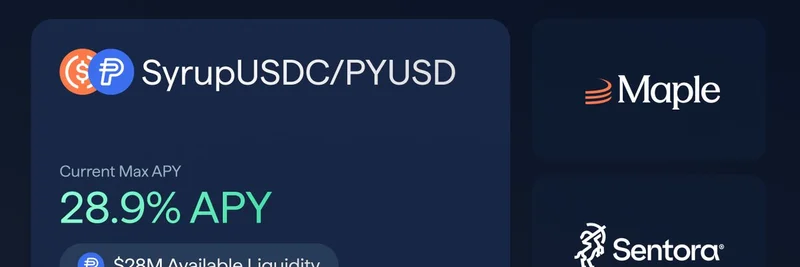The crypto world is no stranger to conspiracy theories, especially when big money is involved. Recently, whispers have been circulating about potential manipulation in MetaDAO's Solomon ICO, supposedly orchestrated to rake in millions on Polymarket, a popular prediction market platform. But according to Jarry Xiao, co-founder of Ellipsis Labs, these claims are flat-out wrong. In a detailed thread on X, Xiao breaks down why the situation doesn't add up to manipulation.
Understanding the Solomon ICO and Polymarket Bets
First, let's get the basics straight. MetaDAO is a project focused on decentralized decision-making, and their Solomon ICO (Initial Coin Offering) is for the SOLO token, described as a composable dollar that always earns. An ICO is essentially a fundraising event where investors commit funds to buy new tokens. In this case, the ICO raised about $100 million, but only $8 million was allocated to the token itself, distributed pro-rata among investors.
Polymarket, on the other hand, is a decentralized prediction market where users bet on real-world outcomes using crypto. Here, people were betting on how much would be committed to the Solomon public sale. The top winner pocketed around $570,000 by correctly predicting a high raise.
As you can see in the leaderboard above, KimbalDavies led with over $567,000 in profits, followed by others with substantial gains. But does this scream manipulation?
Why the Manipulation Theory Falls Apart
Xiao points out several key facts that debunk the idea of sybilling—creating multiple fake accounts to game the system. Hours before the investment window closed, there was under $20 million in the pool. The ICO ended up at ~$100 million, which surprised many.
To win $570k on Polymarket, one trader would need to deposit around $80 million into the ICO. But of that, only about $6.4 million would go toward buying SOLO tokens. If this was sybilling, it would require at least 40 wallets each maxing out at $2 million deposits. Xiao notes there simply aren't that many such wallets involved.
The commitment screen shows the total raised exceeded expectations, hitting 514% of the minimum.
Moreover, the biggest bets were on various over/under thresholds for the raise amount, as detailed in this trader's activity:
Liquidity Mismatches in Derivatives: The Real Culprit?
Instead of foul play, Xiao attributes odd behaviors to liquidity mismatches between the underlying asset (the illiquid ICO) and its derivatives (Polymarket bets). This isn't unique to prediction markets; it's seen in perpetual futures on platforms like Mango, GMX, and Hyperliquid.
For instance, the probability for over $20 million committed fluctuated wildly before settling high:
These dynamics can lead to "fishy" outcomes without any manipulation. Xiao calls this instance "extremely boring" compared to potential future examples in mature markets.
Community Reactions and Broader Implications
Replies to the thread vary, from supportive analysis to skeptical jabs. One user noted past MetaDAO ICOs underpriced big raises, like Umbra's $155 million. Others chalk it up to the transparent-yet-anonymous nature of blockchain, where big wins often spark "insider trading" accusations.
For meme token enthusiasts and blockchain practitioners, this highlights the interplay between fundraising events and prediction markets. While MetaDAO isn't strictly a meme project, the hype around ICOs can mirror meme coin frenzies. Understanding these mechanics helps navigate volatile crypto landscapes.
In the end, as one replier put it, "Let the markets do market stuff." Manipulation claims need solid evidence, and here, the numbers just don't support the theory. Keep an eye on Polymarket for more insights into crypto trends—it's a window into collective expectations.




